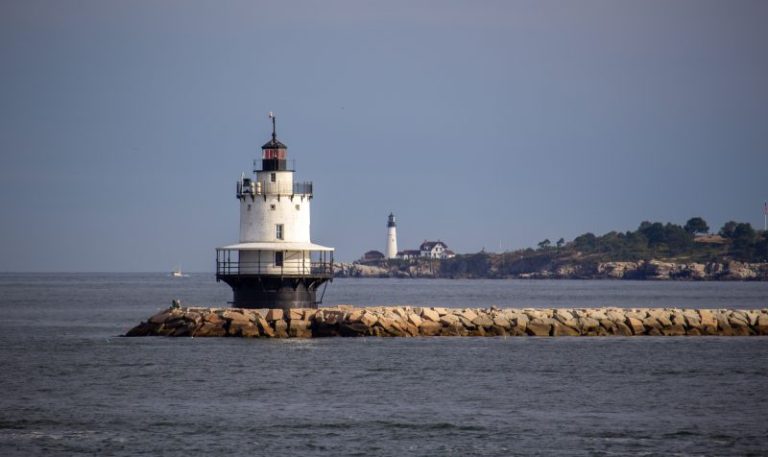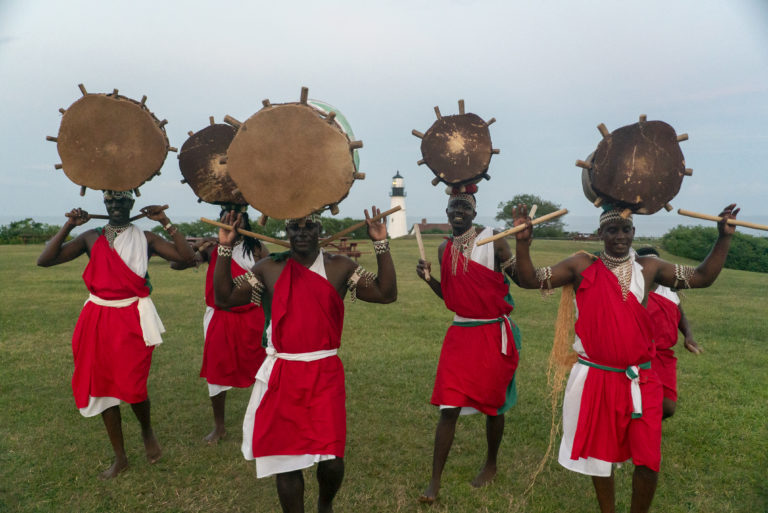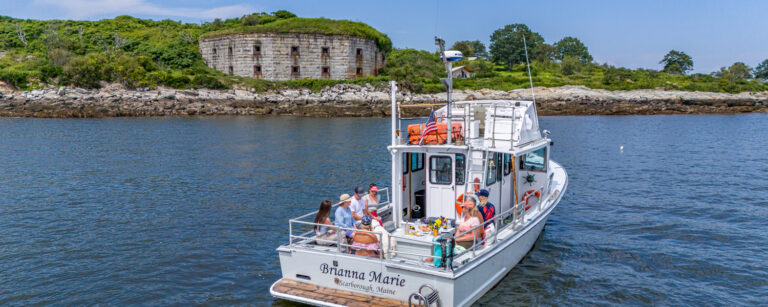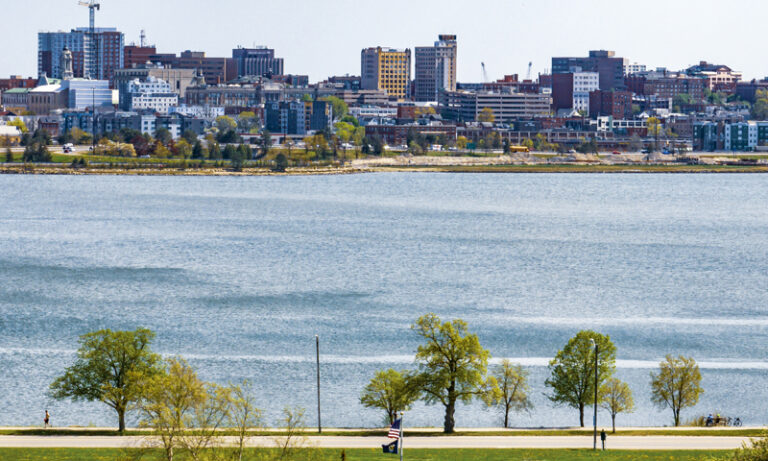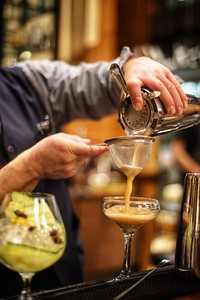Must See Maine Landmarks, Historic Homes, and Immersive Museums
Historic Sites That Shaped the Greater Portland, Maine + Casco Bay Region
For history lovers, the Portland, Maine region offers an immersive journey through centuries—from its roots as Machigonne (Great Neck), where Native Americans first called the peninsula home, to its vibrant evolution as a bustling 1632 British trading and fishing settlement, and ultimately emerging as the first and original Portland in 1786, crowned as the capital at the dawn of Maine’s statehood in 1820.
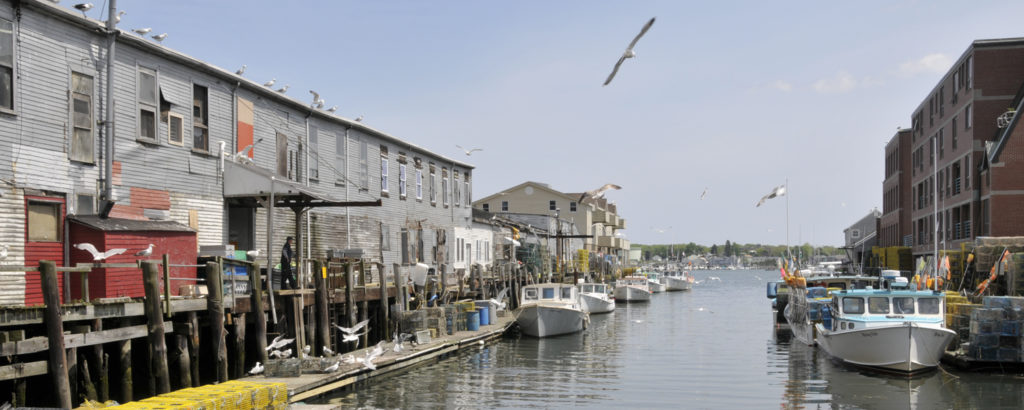
PORTLAND, MAINE’S FORTS
Fort Preble
Fort Road, Southern Maine Technical College. Once used to guard approach to Portland Harbor.
Fort Scammel
A Civil War Fort on House Island, is an interesting tour and clambake spot. At the turn of the century, House Island served as an immigration hospital for thousands of immigrants entering America.
Fort Gorges
The octagonal stone fort visible off Portland’s Eastern Promenade can be visited by private boat. Designed in 1858 for short-range guns, the fort was soon made obsolete by the development of long-range guns and was never fired upon.
HISTORIC PLACES TO SEE
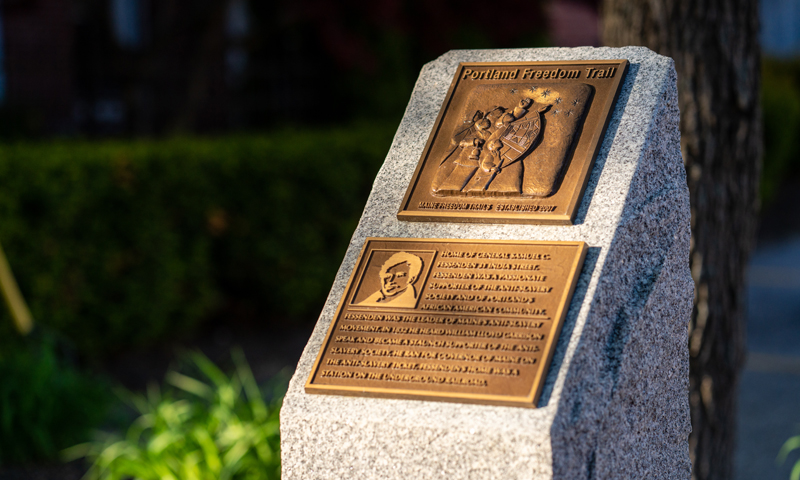
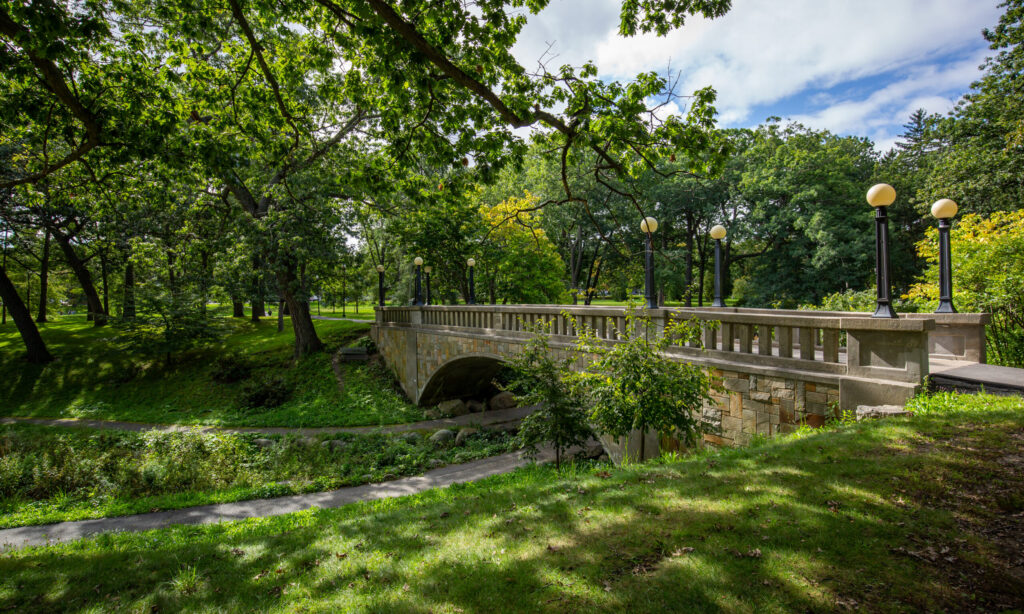
Portland Freedom Trail
The Portland Freedom Trail is a must-visit that played a pivotal role in the Underground railroad. This self-guided walking tour brings history to life, taking you through the city’s rich abolitionist past with stops at landmarks that helped shape the fight for freedom.
Portland Observatory Museum
National Historic Landmark in Portland’s East End. Only remaining signal tower in America. Views of cruise ships, lighthouses, and Western Mountains.
Deering Oaks Park
51-acre park was scene of 1690 battle between colonists, French and Indians. Ancient oaks dot the grounds, Rose Garden, playground, duck pond, tennis courts. Saturday Farmers Market in season.
Eastern Cemetery
Situated on the eastern edge of downtown Portland, Maine, Eastern Cemetery is a historic treasure that encapsulates the city’s colonial roots and maritime legacy, making it a must-visit landmark for history enthusiasts.
Eastern Promenade
Neighborhood with amazing views of Casco Bay. Large grassy area is a great place to bring a book, have a picnic or play a game of Frisbee, and enjoy the boating activity on the water. There you will find Portland’s only beach, East End Beach, that is open to the public all year.
Merrill Auditorium
Located in the vibrant heart of downtown Portland, Merrill Auditorium is a storied venue that continues to echo its rich history by hosting the renowned symphony, the iconic Kotzschmarr organ, and a diverse array of performing arts showcases, enriching the dynamic cultural tapestry of Greater Portland
Maine Irish Heritage Center
European style cathedral served as the center of Irish Culture for over 150 years. It now houses Maine’s Irish genealogical center and library, presenting the story of Irish history in Maine.
Old Port
The historic center of the original settlement is centered around its commercial port. In 1866 it suffered a disastrous fire and was rebuilt almost immediately in grand Victorian style, demonstrating the city’s economic resilience.
U.S. Customs House
Built 1868-1871. Constructed of New Hampshire granite. Elaborate interior includes painted and gilded ceilings, fine crafted woodwork and marble floors. Still in use by Customs Service and the Coast Guard.
Maine Historical Society
Maine Historical Society makes history fun, immersive, and accessible. Take a deeper dive into all things Maine’s dynamic history through the exhibits and extensive grounds, which includes, the childhood home of Henry Wadsworth-Longfellow.
Portland City Hall
Second Renaissance Revival, 1909-1912. Designed by Carrere and Hastings of New York.
Western Promenade
Spectacular views, 175 feet above sea level, Portland’s Western Promenade dates from the turn of the century and exhibits the city’s well preserved Victorian residences.
Historic Homes + Museums
Explore more of the region’s charm and heritage by joining a local guided tour or exploring area historic sites. There is so much art, culture, and maritime history to see across Maine.
Located in Portland, ME (roughly 10 minutes from Downtown)
Located in Downtown Portland, ME
Museums + Interactive Learning
Located in Portland, Maine (Under 10 minutes from Downtown Portland)
Located in Rockland, ME (roughly and hour and a half from Portland)
Located in Arundel, ME (roughly 30 minutes from Portland)
Located in Cape Elizabeth, ME (roughly 10 minutes from Downtown Portland)
Located in Downtown Portland
Located in Kennebunkport, ME (roughly 40 minutes from Portland)
TIMELINE
1632 – English settlers inhabited the Portland Peninsula, then called by the Indian name Machigonne. The name was changed to Casco and, in 1658, to Falmouth.
1652 – The entire Casco Bay area became part of the Massachusetts Bay Colony.
1675 – Area completely destroyed by Indians during King Philip’s War.
1690 – Fort Loyal destroyed by French and Indians.
1775 – British warships under the command of the notorious Captain Henry Mowatt shelled and burned the city of Falmouth.
1776 – After the Revolutionary War, Falmouth was established as a commercial port and began rapid growth as a shipping center.
1786 – Local citizens renamed their town Portland.
1820 – Maine became a state and Portland its first Capital.
1820s – Portland recovers from the Embargo Act and War of 1812. Maine boats could trade all over the world.
1823 – First steamship from Boston; beginning of regular passenger service between the two cities.
1852 – Commercial Street opened to connect rail and water transportation networks.
1866 – The Great Fire of 1866, started by a 4th of July celebration, destroyed most of the public buildings, half the churches, and hundreds of houses. The city was rebuilt with brick Victorian style and early 20th century houses, now seen throughout Portland.
1941 – Portland became the home port of US North American Fleet during World War II.
1961 – Beginning of the preservation movement in Portland.
1970s – The Old Port became an area of artist’s studios and a lively retail center.
1980s – Emphasis placed on preserving the waterfront for active commercial marine activities.
1990s – Revitalization of the city’s major artery, Congress St., and establishment of downtown Arts District.
2001 – Passenger rail service between Boston and Portland revived.
2012 – Maine, Maryland, and Washington became the first states to legalize same-sex marriage through popular vote.
2014 – Ferry service resumes between Portland and Yarmouth, Nova Scotia
MORE INFORMATION
Maine College of Art’s Baxter Library | (207) 775-5152 | meca.edu
Maine Historical Society Library | (207) 774-1822 | mainehistory.org
Osher Map Library, University of Southern Maine | (207) 780-4850 | usm.maine.edu/~maps/
Portland Public Library | (207) 871-1700 | portlandlibrary.com
